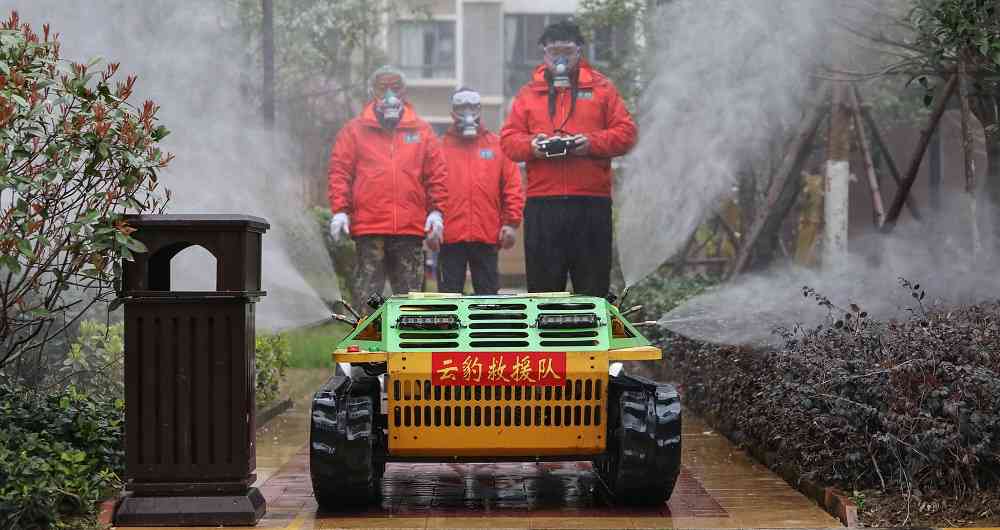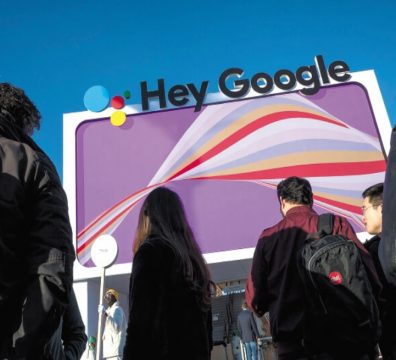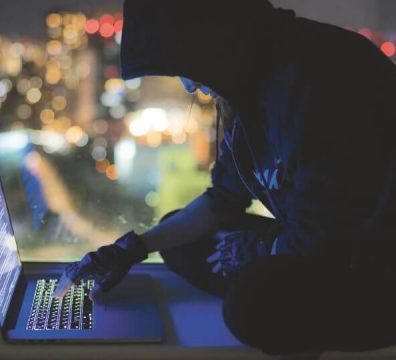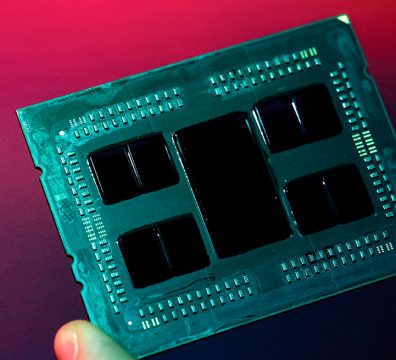[INSERT_ELEMENTOR id=»817″]
Robots, AI and GPS: the technological war to fight the coronavirus

Source: www.semana.com
20/03/2020
Coronavirus: this will be the controls for travelers entering or leaving Colombia
This is why technology and research have become the right hand of the crisis, both to combat expansion and to try to find a cure. In fact, drones in China have been known to speak to people about the risks of being on the street, but there is much more that technology is doing in the midst of this situation.
Colombian in China talks about drones patrolling the streets amid the coronavirus crisis
GPS that saves
For example, in South Korea the Government will start using a GPS application from March 7 to monitor that those infected with the virus do not leave their homes and infect more people. The idea is that if quarantined people move away from their designated location, an alarm would notify authorities.
Self-service diagnostics without getting out of the car
Another of the new technological advances caused by the fear of the coronavirus has to do with medical diagnoses without getting off the car. According to CNN, now in South Korea the authorities have begun to detect people infected with a "self-service", in which they will be able to know if they have the virus without having to get out of the car.
These are free coronavirus tests where they take the temperature, do a risk questionnaire and take nasal and oral samples, with results that are sent two or three days later.
Transformation of cities
Wuhan has a saturated health system. For this reason, the authorities made the decision to transform the entire city (with 11 million inhabitants) to take in patients with the coronavirus in places such as schools.
Duke's coronavirus test and other news
Robots and drones
Disinfectant robots, drones with thermal cameras, smart helmets and even facial recognition software began to be used in several countries in Asia to combat covid-19.
Robots are also used to deliver food to isolated quarantined people, preventing the spread of other people.
NASA and its measurements
NASA has also used its technology to assess the effects of the coronavirus. In fact, it was confirmed that there is a drastic decrease in pollution, related to the slowdown in the economy, the closure of large factories and the low mobilization of citizens.
"Maps comparing NO2 concentrations showed a marked decrease between January 1 and 20, before quarantine was imposed in Wuhan and other cities, and from February 10 to 25," NASA reported.
Mathematical models and computers
To predict the evolution of the coronavirus epidemic, all weapons are useful, including mathematical models and computer simulations, although their margin of error is a risk, according to experts.
Colombian in Sao Paulo, third case of coronavirus in Brazil
These mathematical models give the health authorities guidelines on the magnitude of the crisis and on the measures to be taken.
Artificial intelligence has been gaining ground in the development of these models.
Last News
Chinese anti-coronavirus technology: from thermometer drones to sneaky apps if you get sick
- 20 marzo 2020
For the coronavirus, they cancel the Mobile World Congress 2020
- 12 febrero 2020
Google before EU court, first episode of a trilogy
- 10 febrero 2020
Facebook, Yahoo and Netflix are the most supplanted brands to steal data
- 10 febrero 2020
Arm introduces AI chips to install on devices, not in the cloud
- 10 febrero 2020
Study detects increase in facial injuries related to cell phones
- 10 diciembre 2019
Adobe will continue to provide services in Venezuela with US authorization.
- 10 diciembre 2019
Venezuela will have a national science and technology center for high performance sports
- 06 septiembre 2019
70 years of programming
- 06 septiembre 2019














